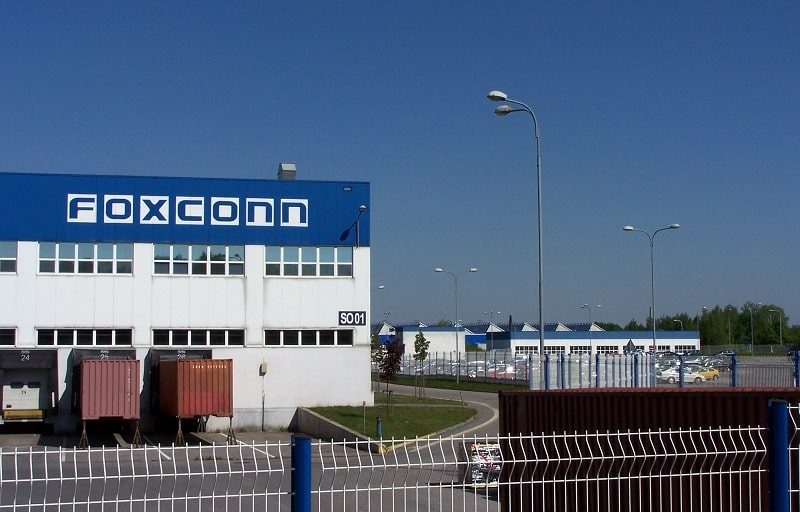Foxconn Building New Chip Fab In China
Samuel Wan / 6 years ago

Foxconn Finally Moves Into Silicon Fab Bussiness
Even as the silicon market has consolidated over the past couple of years, new entrants are still lining up. The latest to join the competitive industry appears to be Foxconn. Apple’s iPhone are the companies most well-known product. The company also does work for many other OEMs as well. According to new reports, the firm is planning to build a new silicon fab in southern China. This will be the company’s first silicon fab plant, after months of speculation.
Foxconn is building their new fab in the Chinese city of Zhuhai. This is conveniently located close to Macau and in the area of Hong Kong and Shenzhen, a major tech manufacturing hub. The new fab is part of a partnership between the Zhuhai government and Foxconn. The initial cost of the fab will be $9 billion. The local government will be covering most of this cost through tax breaks and subsidies. Sharp, a Japanese Foxconn subsidiary, will likely be involved due to their fab experience. The new fab will produce 12inch (300mm) wafers.
Likely to Tap Sharp For Experience
With the help of Sharp, Foxconn should have little trouble setting up a fab. However, the real challenge is keeping up with the latest nodes. As a result of financial troubles, Sharp stopped developing new nodes in 2010. This means the firm will have a lot of ground to cover in order to catch up. Furthermore, fabs are quite expensive as the recent Intel and TSMC expansions show. However, the lower costs in China may help offset this to a certain degree.
For now, don’t expect any Foxconn fabbed chips anytime soon. It will likely take several years before the fab is up and running. The US-China trade war is likely a major driving force behind this project. China likely wants to wean itself off total-reliance on foreign fabs. Along with other firms, this is slowing growing the domestic Chinese fab market. It will be interesting to see if Foxconn can remain competitive due to the high sustained capital expenditures.



















